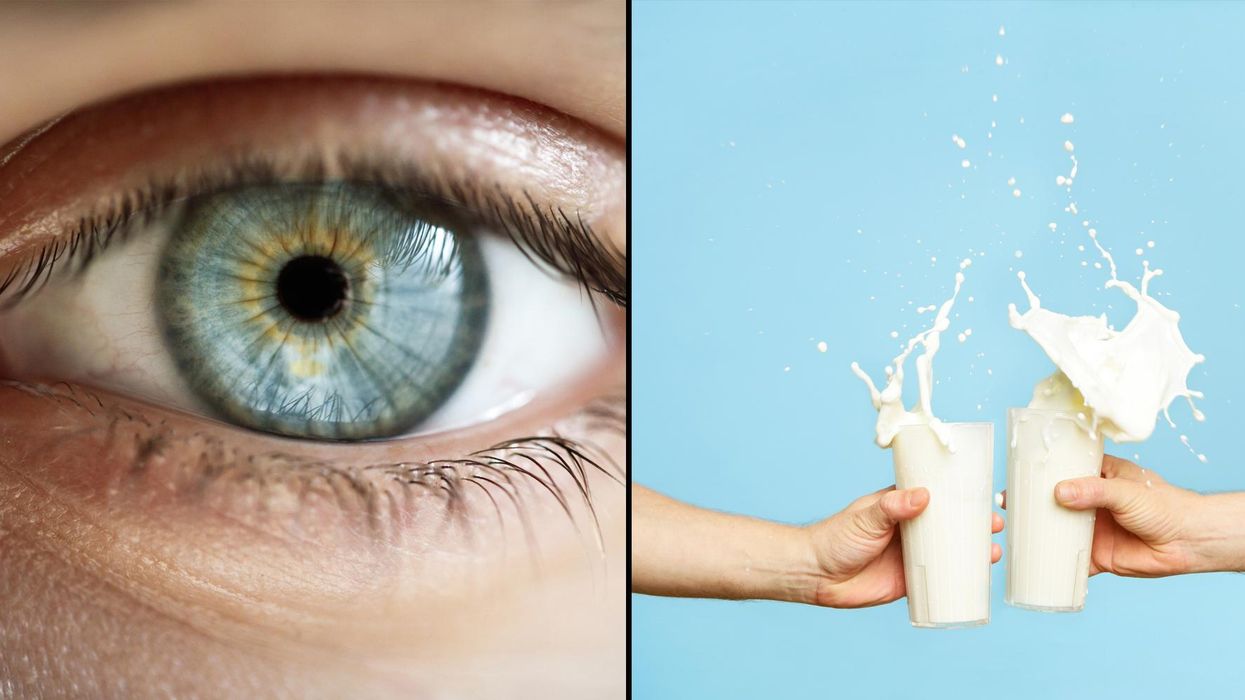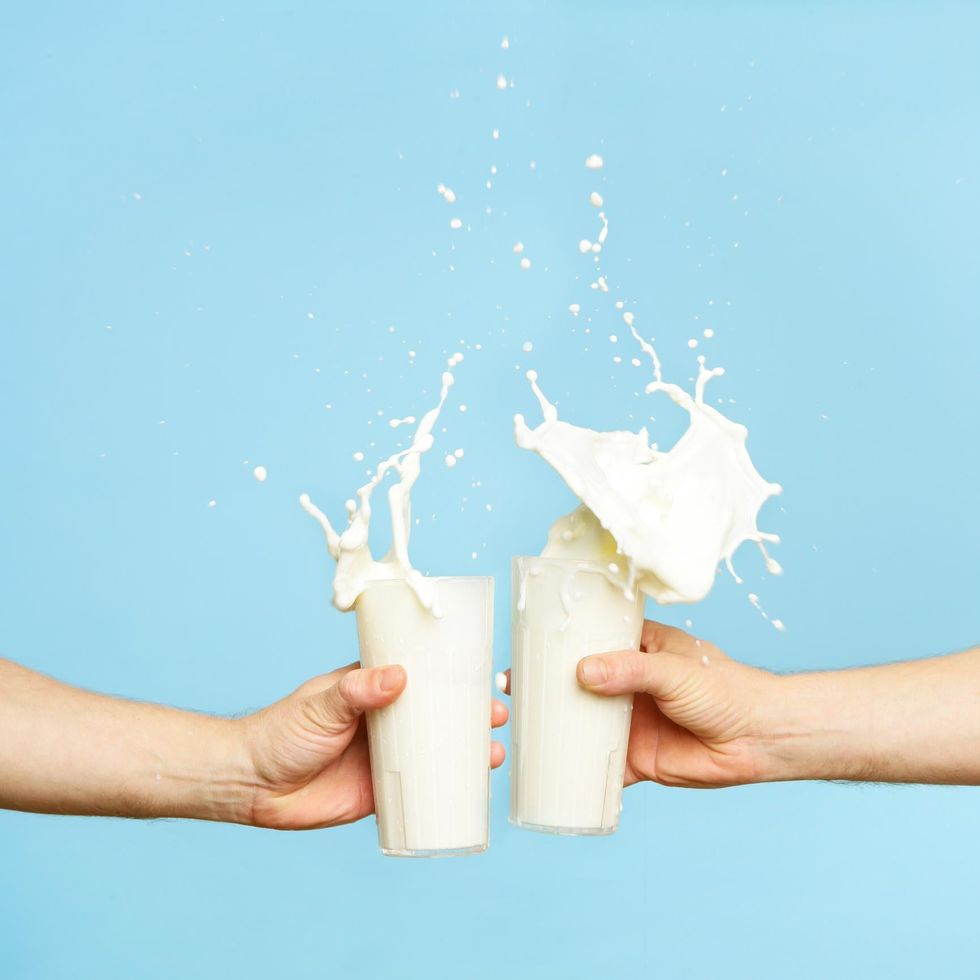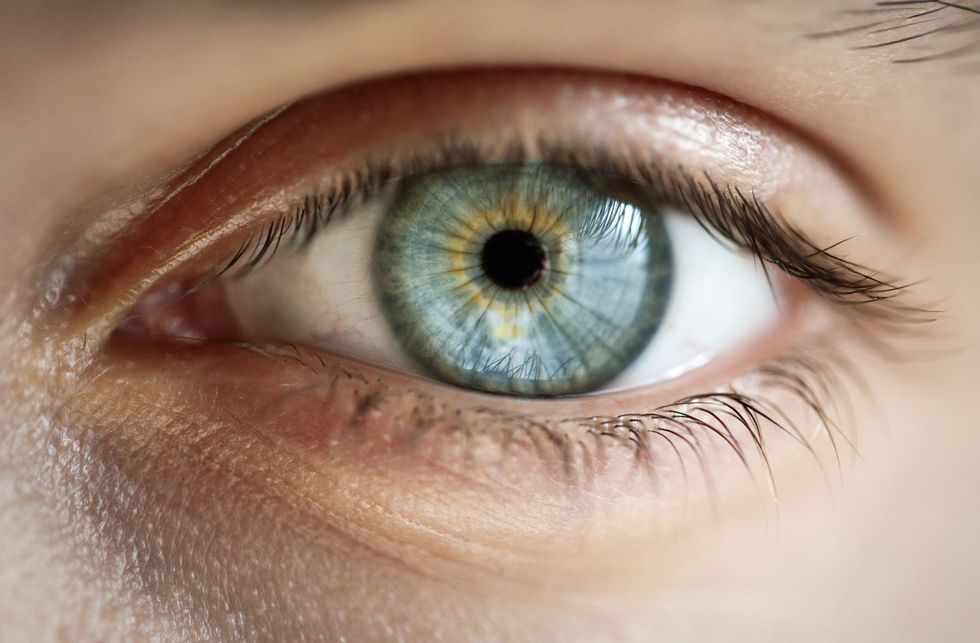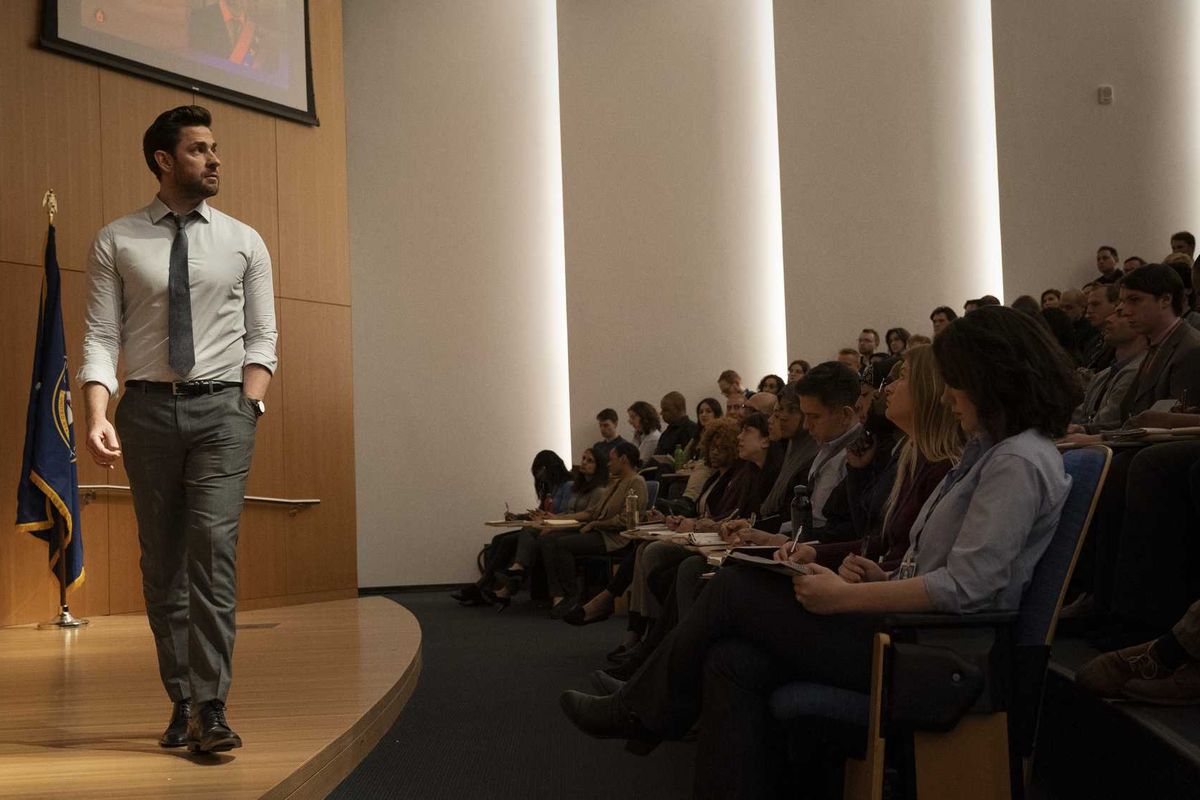News
Louis Dor
Jan 18, 2018

Picture:
Getty Images/istockphoto
We're all X-Men, deep down.
There are things about your body that you may not know are genetic mutations, possibly because they're now commonplace features of many people, or because you hadn't considered them as something humans had adapted to include.
In a sense - this applies to everything about you. Go backwards down our evolutionary tree and every single advantage humans possess was born out of genetic mutation.
But we're talking now about recent mutations.
So here's a few things about you which you may not know are mutations:
The ability to drink milk:

Around 10,000 years ago, as Europeans began domesticating animals such as cows, a mutation in the MCM6 gene led to people producing the enzyme lactase. This allowed them to drink the cow's milk.
Other farming communities, such as those in India, separately evolved the ability to digest milk at the same time.
We now consider most people able to drink milk, but it's a mutation we probably shouldn't take for granted.
Missing wisdom teeth:
Wisdom teeth are a pain, especially if they need surgical removal. And in modern humans, they're mostly pointless.
A throwback to the ancestors of humans who had larger molars to grind up the tough vegetation that formed up the larger part of their diet, modern humans eat vegetation which is, due to selective farming, far more pillowy soft.
Our jaws are narrower and as such, a third set of molars has started to evolve out of our species.
Around 40 per cent of Asians, 45 per cent of Inuits 10 to 25 per cent of Americans of European descent, and 11 per cent of African Americans, are lacking at least one third molar.
So if you're missing them, don't feel like you're missing out.
The mutation is thought to have started around 350,000 years ago, as identified by fossils from China with missing molars.
Red Hair:
One of the more well-known mutations.
Only four to five per cent of people have this mutation, and people in Northern Europe are far more likely to have this mutation - which likely evolved under positive selection or indeed the absence of negative selection in colder climates.
Others are concerned the regressive gene could be dying out, either due to increased diversity in genetic variation due to globalisation or due to climate change conditions.
Blue Eyes:

The change that led to 8 per cent of the world possessing blue eyes occurred relatively recently in terms of the timeline of our species.
Every single human used to have brown eyes. But researchers identified when the mutation occurred, around 6,000 to 10,000 years ago. The first blue-eyed person in history likely lived in Europe.
It occurred due to a genetic variation of a gene now called OCA2, which changed the amount of pigment produced by different individuals, allowing for the emergence of different shades of brown, and eventually other colours.
HT IFL Science
More: This new research into skin colour genetics will change everything you thought you knew about race
Top 100
The Conversation (0)













